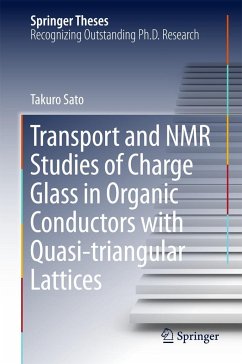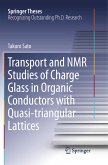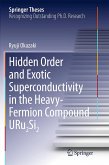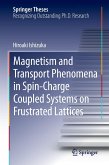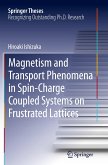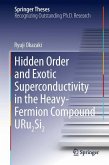This thesis experimentally demonstrates the much discussed electronic charge-glass states in solids. It focuses on quasi-two-dimensional organic conductors of the th-(BEDT-TTF)2X family, which form anisotropic triangular lattices, and examines their electronic properties using various measurements: resistivity, time-resolved electric transport, X-ray diffraction analysis, and nuclear magnetic resonance spectroscopy. The hallmark of the charge glass caused by geometrical frustration of lattice structure for those materials is successfully observed for the first time. The thesis provides new insights into the exotic properties of matter driven by strong electron correlations and crystalline frustration.
The introduction enables beginners to understand fundamentals of the charge-glass states and the organic-conductor family th-(BEDT-TTF)2X. The comprehensive and detailed descriptions of the experimental demonstration make this a valuableresource.
The introduction enables beginners to understand fundamentals of the charge-glass states and the organic-conductor family th-(BEDT-TTF)2X. The comprehensive and detailed descriptions of the experimental demonstration make this a valuableresource.

